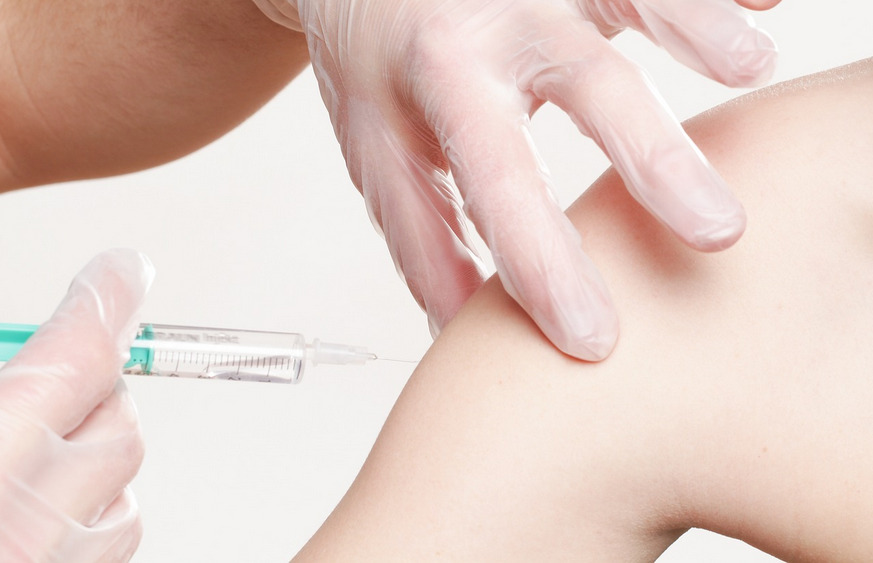Effective and Safe Treatments for Spider Veins
Are you tired of hiding your legs because of unsightly spider veins? Spider veins are a common problem that affects millions of people worldwide. Are spider veins permanent? You can hear this question often from people who suffer from it. Thankfully, there are effective and safe treatments available for it. Here, we’ll explore the top three treatments for spider veins: sclerotherapy, laser therapy, and surgery. Whether you’re looking to improve the appearance of your legs or alleviate any discomfort associated with spider veins, these treatments can help restore your confidence and quality of life.
Sclerotherapy

Sclerotherapy is a popular treatment for spider veins that involves injecting a special solution directly into the affected vein. This solution causes the vein to collapse and eventually fade away while blood flow is rerouted through healthier veins nearby. The procedure is minimally invasive and can typically be done in an outpatient setting with minimal downtime. Most patients experience little to no discomfort during the injection process, although some may feel slight stinging or burning sensations. While sclerotherapy has proven effective for treating spider veins on both legs and face, it’s not recommended for everyone. Pregnant women or those with blood clots or other circulatory issues are typically advised against this treatment.
Laser Therapy
Laser therapy, also known as endovenous laser treatment (EVLT), is a non-invasive procedure that uses heat from a laser to seal spider veins. The energy from the laser heats up the blood vessel, causing it to collapse and eventually fade away. Unlike traditional surgery, EVLT does not require incisions or general anesthesia. Instead, a small catheter is inserted into the affected vein under local anesthesia and guided with ultrasound technology. Once in place, the laser fiber is inserted into the catheter and activated to deliver precise bursts of energy. Patients may experience minimal discomfort during the procedure and can usually resume normal activities immediately after. However, some bruising or swelling may occur for several days following treatment.
Surgery
 Surgery is another treatment option for spider veins, though it is typically reserved for more severe cases. During the procedure, a surgeon will make small incisions in the affected area and use special tools to remove or tie off the damaged veins. While surgery can effectively treat spider veins, it comes with some risks. There is always a risk of infection or complications from anesthesia. Additionally, recovery time can vary depending on the extent of the surgery and how well your body responds to healing. It’s important to weigh all of your options before deciding on surgery as a treatment option for spider veins. While it may be necessary in certain cases, less invasive treatments like sclerotherapy or laser therapy should also be considered first.
Surgery is another treatment option for spider veins, though it is typically reserved for more severe cases. During the procedure, a surgeon will make small incisions in the affected area and use special tools to remove or tie off the damaged veins. While surgery can effectively treat spider veins, it comes with some risks. There is always a risk of infection or complications from anesthesia. Additionally, recovery time can vary depending on the extent of the surgery and how well your body responds to healing. It’s important to weigh all of your options before deciding on surgery as a treatment option for spider veins. While it may be necessary in certain cases, less invasive treatments like sclerotherapy or laser therapy should also be considered first.
Spider veins are a common condition that affects many people, especially women. Fortunately, effective and safe treatments are available to help eliminate these unsightly veins. No matter which treatment you choose, it’s important to consult your doctor first to determine the best course of action for your needs. With the right treatment plan and proper care after treatment, you can say goodbye to those pesky spider veins and enjoy smoother, healthier-looking skin once again.

